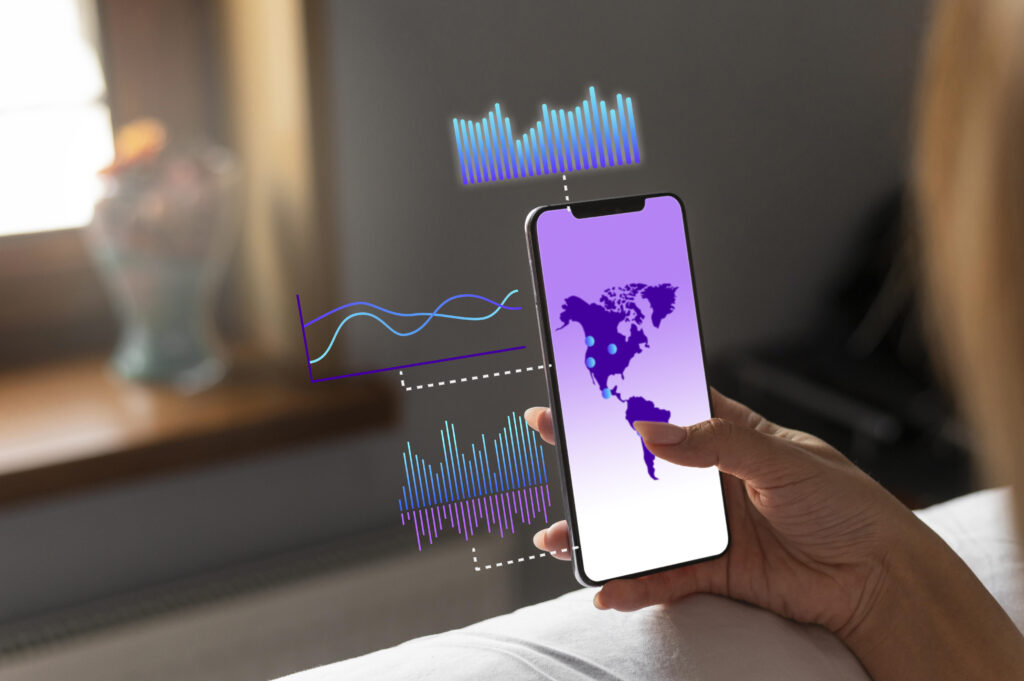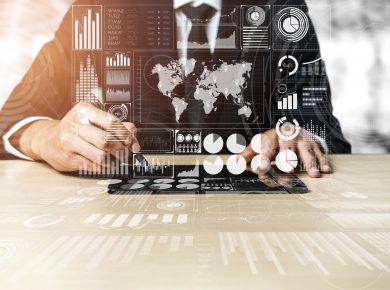Introduction
In the ever-evolving landscape of financial markets, the integration of artificial intelligence (AI) with quantitative trading has emerged as a pivotal force reshaping the way investments are managed and traded. As we step into 2023, the synergy between AI and quantitative trading has reached new heights. While offering unprecedented opportunities and challenges for investors, traders, and financial institutions alike. So, this article delves into the profound impact of AI on quantitative trading. While exploring its applications, benefits, and potential implications for the future of finance.
The Evolution of Quantitative Trading

Quantitative trading, once reliant on traditional statistical models and technical analysis, has undergone a paradigm shift with the introduction of AI. Traditionally, traders relied on historical data, chart patterns, and indicators to make informed decisions. While this approach has been successful to some extent, it often falls short in adapting to rapidly changing market. Including the market conditions and capturing nuanced trends.
AI in Quantitative Trading: A Game Changer
- Machine Learning Algorithms: AI, particularly machine learning algorithms, has revolutionized quantitative trading by enabling models to learn from data, identify complex patterns, and make predictions or decisions without explicit programming. Deep learning, a subset of machine learning, empowers algorithms to analyze vast datasets and extract intricate features, which were previously inaccessible to traditional models.
- Predictive Analytics: AI-driven models have proven exceptionally adept at predictive analytics. They can forecast market trends, identify potential opportunities, and even anticipate shifts in investor sentiment. By processing diverse data sources in real-time, AI models can adapt swiftly to evolving market dynamics.
- Risk Management: Quantitative trading is inherently risk-driven, and AI excels in this domain. Advanced risk management systems powered by AI can assess a multitude of factors, such as market volatility, liquidity, and portfolio exposure, in real-time. This enables traders to make more informed decisions, reducing the likelihood of significant losses.
Applications of AI in Quantitative Trading

- Algorithmic Trading: AI-powered algorithms execute trades based on predefined criteria and market conditions. Moreover, these algorithms can process vast amounts of data in real-time, enabling traders to capitalize on fleeting opportunities that may elude human operators.
- Portfolio Optimization: AI can assist in constructing and rebalancing portfolios to achieve specific objectives. Also, by considering factors like risk tolerance, return expectations, and market conditions, AI-driven models can identify optimal asset allocations to maximize returns while minimizing risk.
- Sentiment Analysis: Natural Language Processing (NLP) techniques allow AI to analyze news articles, social media, and other sources of information to gauge market sentiment. Also, this information is invaluable in understanding how public perception influences market behavior.
Challenges and Considerations
- Data Quality and Bias: The effectiveness of AI models in quantitative trading hinges on the quality and diversity of data. So, biased or incomplete datasets can lead to skewed predictions and suboptimal trading decisions.
- Overfitting and Generalization: Achieving a balance between overfitting (model fitting too closely to historical data) and generalization (applicability to new data) is a perpetual challenge. Therefore, striking this balance is crucial for the long-term success of AI-driven trading strategies.
- Regulatory Scrutiny: As AI plays an increasingly prominent role in financial markets, regulators are closely monitoring its implementation. Thus, ensuring compliance with existing and evolving regulations is imperative for market participants.
The Future of AI-Driven Quantitative Trading
As we move forward, the intersection of AI and quantitative trading will likely continue to redefine the financial landscape. Innovations in areas such as quantum computing, decentralized finance (DeFi), and explainable AI will further enhance the capabilities. And including transparency of AI-driven trading systems.
Conclusion
The integration of AI with quantitative trading marks a transformative moment in the history of financial markets. So, by harnessing the power of AI, traders and investors can navigate an increasingly complex & dynamic landscape. This along with greater precision and efficiency. As, the field continues to evolve, a thoughtful approach to data quality, model validation, and regulatory compliance will be paramount. And In realizing the full potential of this symbiotic relationship. Moreover, In 2023 and beyond, the synergy between AI and quantitative trading promises to shape the future of finance in ways we are only beginning to fathom.
Disclaimer: This article is provided for informational purposes only and does not constitute financial, investment, or legal advice. The author and publisher are not responsible for any decisions made based on the information provided. Readers are advised to seek professional advice for their specific circumstances. Any reliance on the information in this article is at the reader’s own risk.
To read more, click here
Thank You For Reading, feel free to ask any questions in the comment section below.
Follow us on Social Media Platforms,
Click Here: Instagram, Facebook, YouTube, and Twitter
Stay Informed, Stay Responsible with My Finance World!










